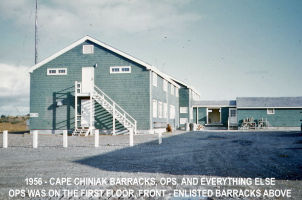
Chiniak Barracks - 1956

Maintenance Shops - 1956
| Home | | | Back |
| NSGA Cape Chiniak, Alaska - circa 1956 |
| Images from Richard Kivi (former CTR2) |
| Please scroll-down. There are 48 photos. Click-on each photo to enlarge and read the page. A NEW BROWSER WINDOW WILL OPEN WHEN YOU CLICK-ON THE PHOTO(S) SHOWN BELOW. PLEASE CLOSE THAT NEW BROWSER WINDOW TO RETURN TO THIS MAIN WINDOW. |
 Chiniak Barracks - 1956 |
 Maintenance Shops - 1956 |
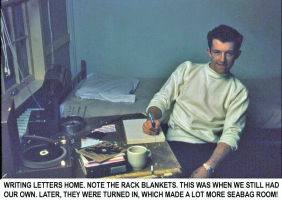 Chiniak Barracks, letter home - 1956 |
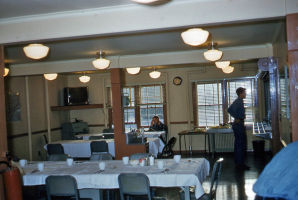 Chiniak Chow Hall - 1956 |
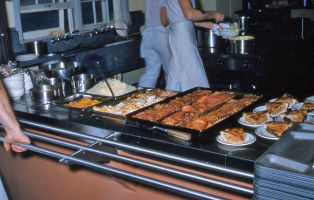 Chiniak Chow, Thanksgiving - 1956 |
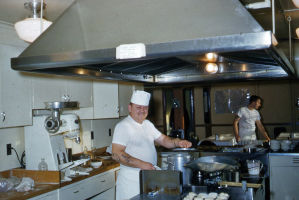 Chiniak Cooks, good chow too - 1956 |
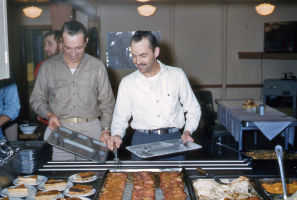 Chiniak Chow Hall - 1956 |
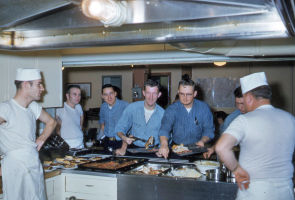 Chiniak Chow Hall - 1956 |
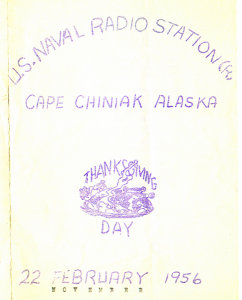 |
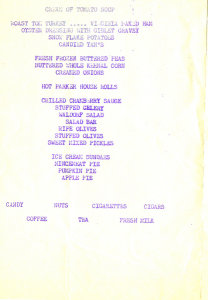 |
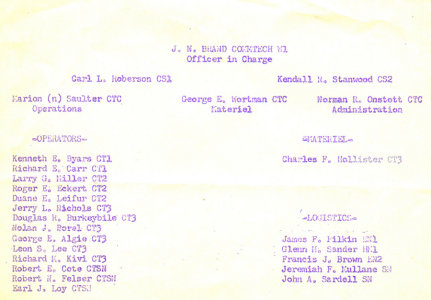 |
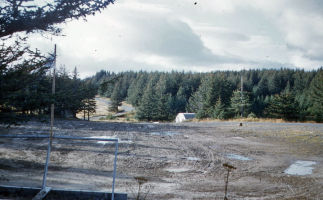 New Ball Field - 1956 |
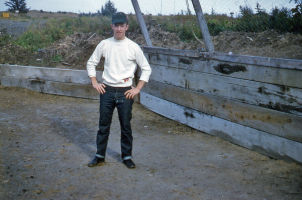 Ready for Softball - 1956 |
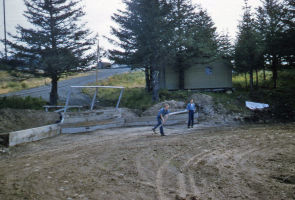 Softball Field - 1956 |
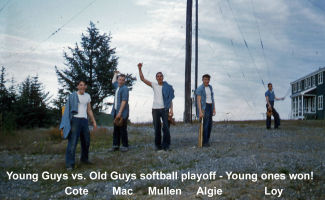 Chiniak Softball - 1956 |
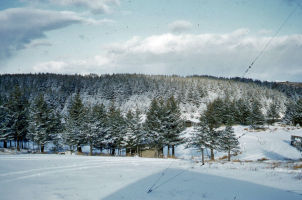 First Snow - 1956 |
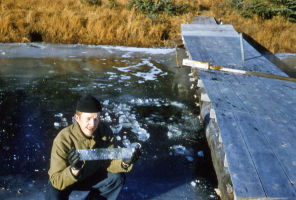 Ice - November 1956 |
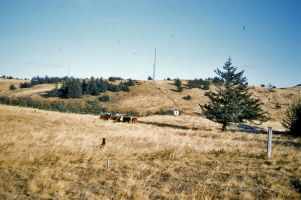 |
Here's a shot of what the dog was doing. It'd run those Herefords back and forth for hours! |
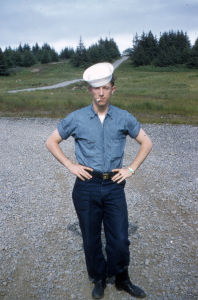 |
You can see the location of the HFDF shack from the barracks in this picture. |
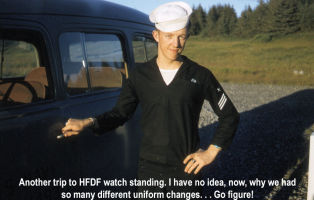 |
Looks like I was coming off the day watch. |
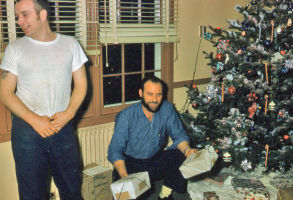 Stuff from home. . . |
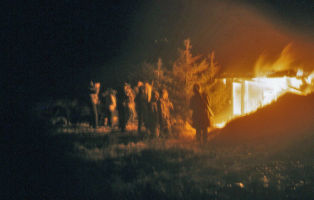 We got permission to burn down an |
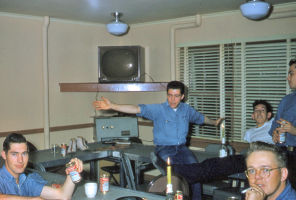 I think this was also the Christmas |
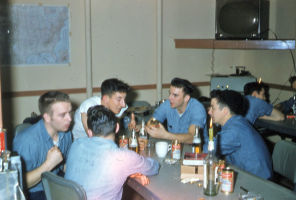 I think this was also the Christmas |
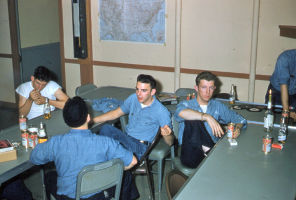 I think this was also the Christmas |
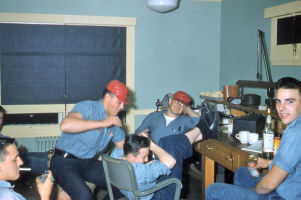 The Techs had a shop behind the chow hall. |
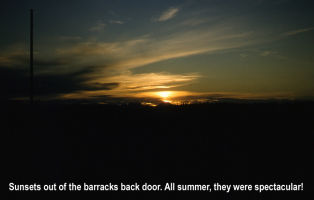 |
Although, in one case, just looking out the back door of the barracks was a treat. |
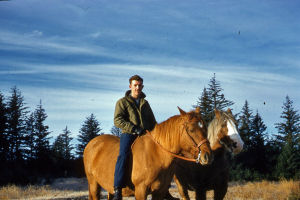 Same two with yours truly. |
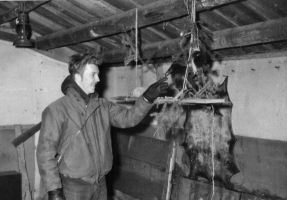 One of the guys befriended an injured raven and kept it in the horse barn too. |
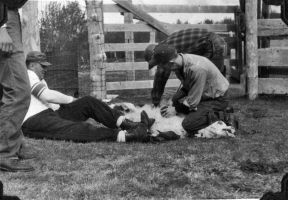 |
And part of that included calf branding. (Kodiak had open range then, and branding was necessary.) |
| Home | | | Back |